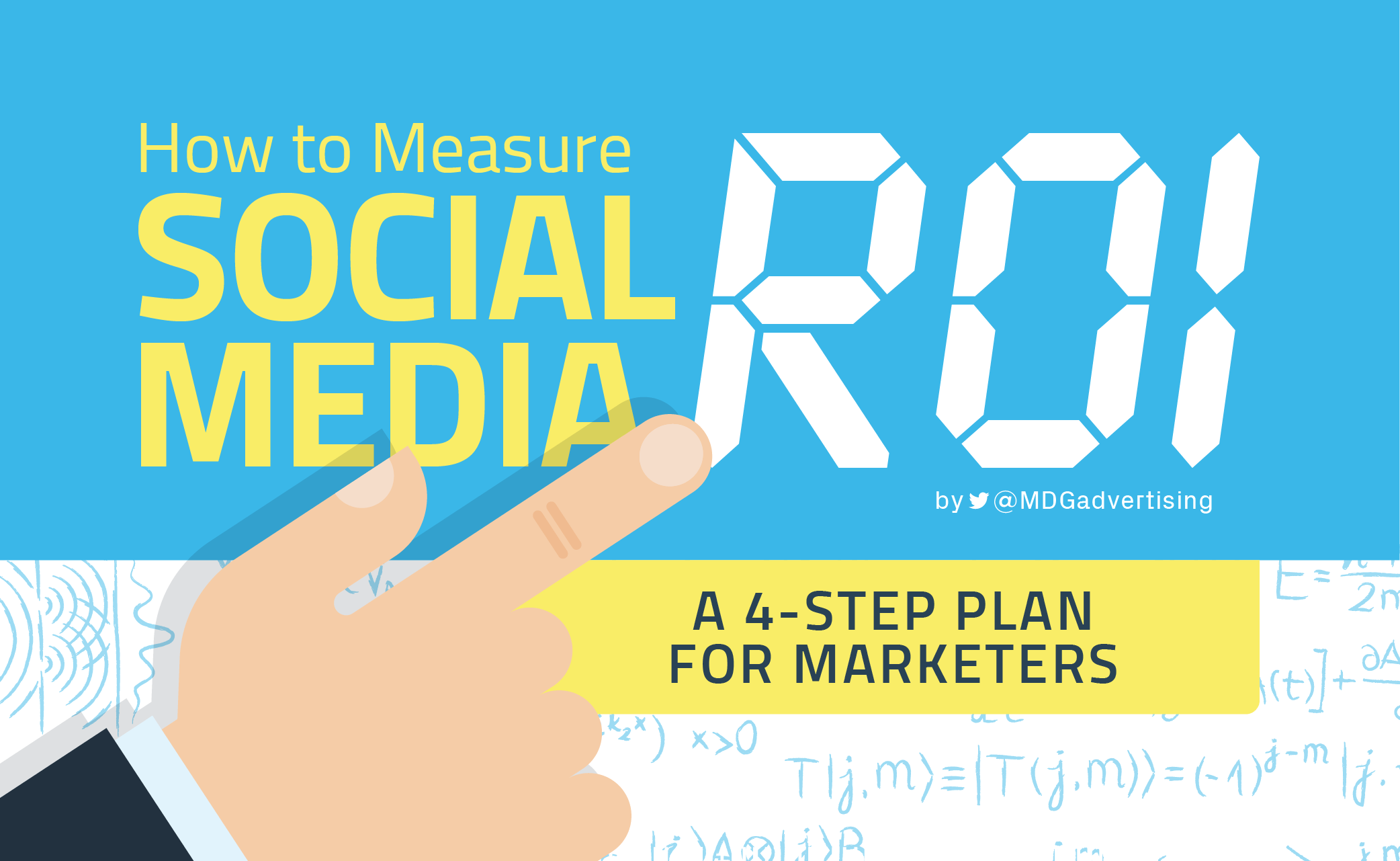
Today's visual content can have many uses. It can improve your brand image and reach a wider range of people. It is important to match your visuals with your audience's preferences and conversational context. Sometimes you might find your audience in unlikely places. The New York Public Library, for example, has transformed text-heavy content in visually-oriented segments.
Infographics
Infographics present complex information visually in a clear, organized format. This infographic illustrates the complexity of the Queen Elizabeth, a British air carrier. This infographic contains a cutaway image of the ship, a photo of the interior, and text information. To create a successful infographic, you must ensure that the information is arranged in a well-balanced manner, with equal spacing and vents. Animation can help make infographics more engaging.
Infographics offer a unique way to communicate information or ideas. Infographics combine visual and verbal content to make it easier for people to understand the concepts. Infographics can also include sounds, GIFs, illustrations, and graphics. Though it can be difficult to create infographics, it is crucial to combine attractive design with informational content. The popularity of infographics has grown exponentially in recent years. The number of infographics created worldwide has increased 800% by 2017, according to 2017 figures.

Make sure you consider your target audience before creating an infographic. Your target audience will determine the approach you use, the language used, and the visual style you choose when creating an infographic.
Screenshots
Screenshots can add visual content to articles and blog posts. They can also be used to promote viral marketing. Paint or another image editor software makes it easy to create your own pictures. Screenshots complement written content well, especially for those who learn best visually.
Screenshots are useful for supporting claims in sales content. You can show an app's functionality or demonstrate how to use it. You can also add captions to draw attention on specific areas and to explain what is going on behind the scenes.
Visual content can be combined with marketing copy or testimonials to make a powerful combination. It can also serve as a basis for infographics and presentations. There are endless uses for visual content. Visual content can be used to encourage people to learn more about your brand. Create an infographic as an example of how screenshots can be used.

Sharing information is another common use of screenshots. You can share screenshots on social media sites or post them to websites. You can take screenshots of articles you write to share with others. In addition to allowing customers to share and download your content, screenshots also allow you to create a physical copy of your content.
FAQ
How does content marketing work
Content Marketing is a way to create engaging, valuable content that offers value.
You build relationships with your audience by providing useful information, solving problems, entertaining, or engaging them. People respond well to positive messages from brands they know and trust.
It's interesting to read things that interest people. If you write interesting content, readers will continue to return for more.
Your content should drive people to take action - whether buying your product, signing up for your newsletter, visiting your website, or sharing your article via social media.
The key to successful content marketing is to write compelling copy that engages your target market and provides them with the information they want and need.
How does Content Marketing work
If someone visits your website, it's because they are looking for something particular. If they find what they need, great! They'll go elsewhere if they don't find what they need. Content marketing allows you to create valuable and useful information that solves problems and answers questions. This content is easily accessible across all channels (email, social media, etc.). This ensures that everyone has access to the content.
How do you make good content?
Good content should be interesting, useful, and shareable. The best content should have a clear call-to-action, such as a button or link to allow readers to sign up to a free trial, learn more about a product, and/or purchase something from you site. You should also include visuals in your content to make it easy to share across all media.
What are the content strategies for different topics?
Content strategy is a general term that describes all aspects of how content is created, managed, distributed, measured, and optimized for digital channels. This includes not only what you post on social media sites like Facebook and Twitter, but also what you highlight on your website, blog and other online properties.
Content strategy is essential because it helps you determine where to focus your efforts, what content type you should use and what messages you want to send.
It's all about understanding how content fits into your overall business goals and objectives in order to help achieve them.
What is Content Marketing Strategy?
A Content Marketing Strategy gives you access to data you wouldn't otherwise have. This data allows you measure the success of different types content.
It helps you identify the strategies you should use to drive more traffic to your site. It gives you insight into your audience to help you develop better content.
This means that you will be able to spend less time worrying over what type of content works and more on what doesn’t.
You can also use a Content Marketing Strategy to determine which messages are most popular with your audience.
You can find out their preferred content by analysing these messages. You can use the same content to keep your winning ideas going.
Finally, a Content Marketing Strategy helps you track your content's performance. By sharing content, you will be able to easily identify which types of content converts better.
A Content Marketing Strategy is essential to ensure your content performs according to its intended purpose.
What are the 7 steps in content marketing?
This seven-step content marketing process includes:
-
Identify the problem
-
Learn what is working right now
-
Create new ideas
-
Make them strategic
-
These are the best!
-
Take measurements
-
Continue the process until you find a solution.
This strategy has proven to be effective for both small and large businesses.
Statistics
- We found that 40% of businesses don't have a documented strategy yet. (semrush.com)
- According to research compiled by Coschedule: Companies that publish 16+ blog posts a month get as much as 3.5x as much traffic as those that publish 0-4 posts a month. (criteo.com)
- This marketing strategy landed Ford a 15.4% conversion rate. (neilpatel.com)
- An example of an overarching goal could be: "In 2022, we want to achieve a 20% increase in revenue created by organic content and generate 15,000 MQLs with a budget of $30,000." (semrush.com)
- Companies that use content marketing see approximately 30% higher growth rates than businesses not using it. (mailchimp.com)
- Seventy-two percent business to business (B2B) (mailchimp.com)
- According to our research, 65% of companies with very successful content marketing in 2021 ran content audits at least twice a year. (semrush.com)
- Progress indicators (0–100%) allow each team member to see how attainable each goal is and understand what remains to be accomplished. (semrush.com)
External Links
How To
Informationgraphic creation tips to help with content marketing
Infographics make complex concepts simple and easy to understand. Information marketing is about providing valuable and useful information to your target audience. Infographics are a great way to share this message.
You'll need design software such as Adobe Illustrator or Photoshop to create an infographic. These programs are great for creating infographics. Once your design has been created, you can start uploading images from Unsplash/Pixabay to incorporate into it.
Look online for inspiration to create your own infographics. You could use a photo of a food pyramid to show the calories in particular foods. Then, replace those numbers with photos of the foods. Or you could look at how many sugars are found in soda pop and replace that number with a picture from a Coke bottle.
Once you have designed your infographic you can share it via social media channels, such as Facebook or Twitter. This allows people who don’t know much about the topic to find out more. If you decide to post your infographic on social media platforms, include hashtags so others can see what you're talking about. Users can follow along with specific conversations using hashtags.
If you decide to create an infographic, try making your posts shorter than usual. A blog post may be 2000-5000 words long. An infographic requires only 500-1000 words. This means you can easily convey more information with less space.
Your infographic should be easy to read for some viewers. Use large fonts, but don't overuse color in your infographics. Also, ensure all text is legible.
Here are some additional tips :
-
Choose an Infographic Design Template. Many templates are available in both printable and online formats. Canva, Piktochart and Google Slides are the most used templates.
-
Create your Infographic. To create your infographic, use the template. You can use any media that suits your audience. For example, creating an infographic about the best places to eat in Seattle might choose photos of local restaurants.
-
Add text. Add text to your infographic once you have it created. You can use Microsoft Word, PowerPoint or Canva to add text.
-
Add Images. Your infographic can also include images. These images can include charts, graphs and icons. Make sure the picture is relevant to your topic before you add it.
-
Make It Interactive. You can also add interactive elements such buttons, maps, links, and other features. This will help engage your audience.
-
Share. Share your infographic when you are done.
-
Measure. Measure. Did people click on your website? Did they sign up for your email list? What was their reaction to your infographic?
-
Improve. Is there a way to improve your infographic? Are you able to do it better the next time?
-
Repeat. Do this again!